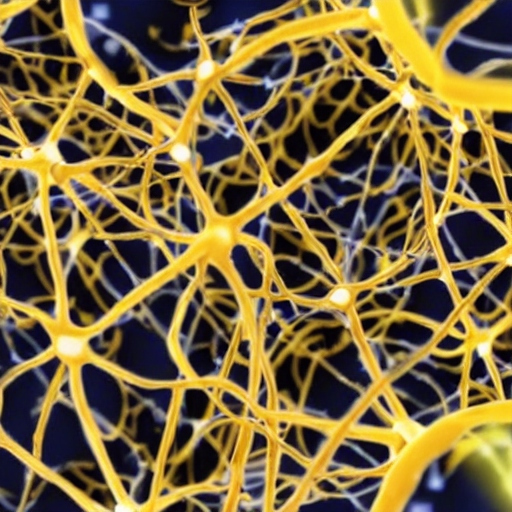Infectious diseases, particularly respiratory infections, are a primary cause of global death. As a result, there is an urgent need for quick, large-scale diagnostic techniques that can detect these diseases early, which do not currently exist. Sara Mahshid’s team at McGill University has created an all-in-one detection platform (QolorEX) that can produce test results in under 13 minutes to address these issues.
The tests are performed in places where people congregate, such as hospitals, schools, and airports, by obtaining a saliva sample (no swabs required) and transferring it to a microfluid device, which then utilizes machine learning to automatically take microscopic images of the sample. These images are delivered to a mobile application, which decodes the data and generates a test result.
According to Mahshid and her students, Ph.D. candidates Tamer Abdel Fatah and Mahsa Jalali, co-authors of the paper recently published in Nature Nanotechnology, Because more pandemics are likely in the future, their lab seeks to develop transportable, inexpensive technologies with useful clinical outcomes for use in low-resource settings, at home, or communal settings.
This platform, which has been demonstrated to have a 95% accuracy rate and be comparable to quantitative PCR when it comes to COVID testing using saliva samples, could be a useful tool for keeping track of newly developing viral infections, variations, and even bacteria. According to Mahshid, who also holds the Canada Research Chair in Nano-Biosensing Devices, the availability of the technology will likely increase the number of tests conducted, possibly resulting in an early diagnosis that might save lives and slow the global spread of respiratory diseases.








